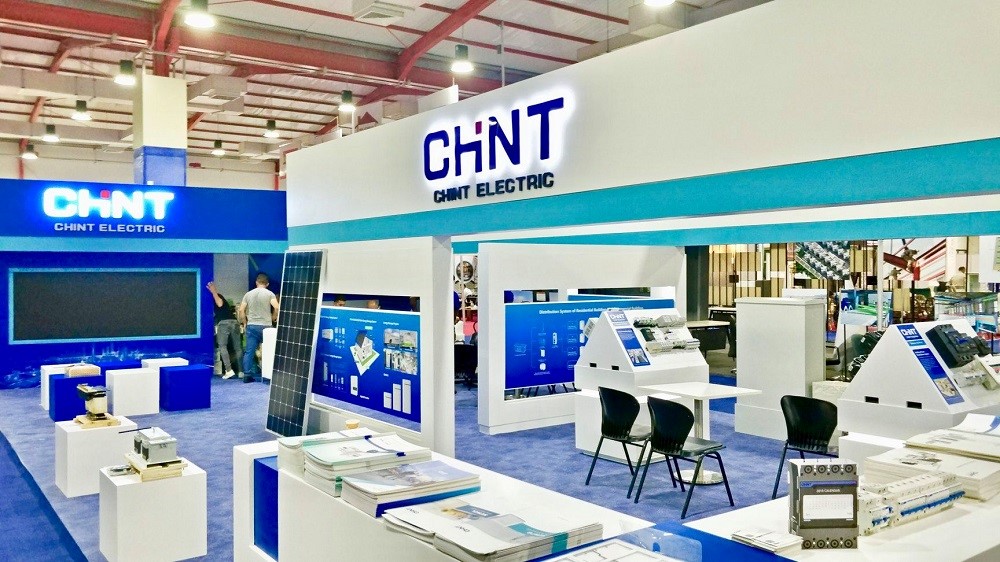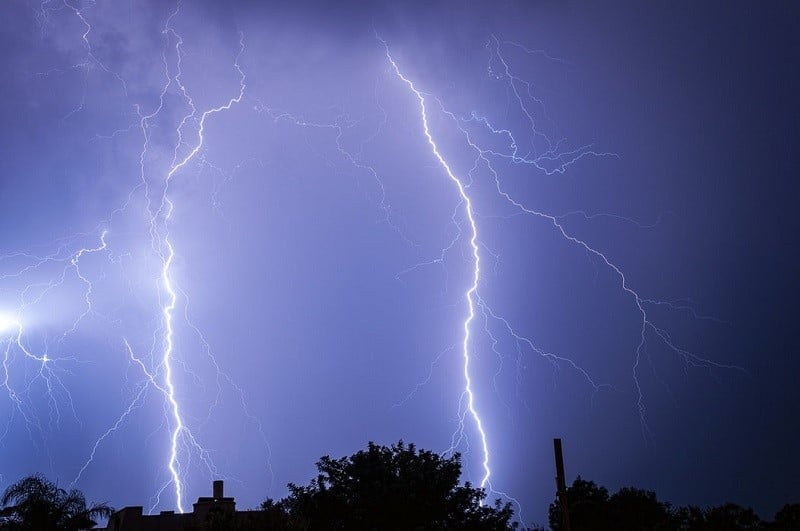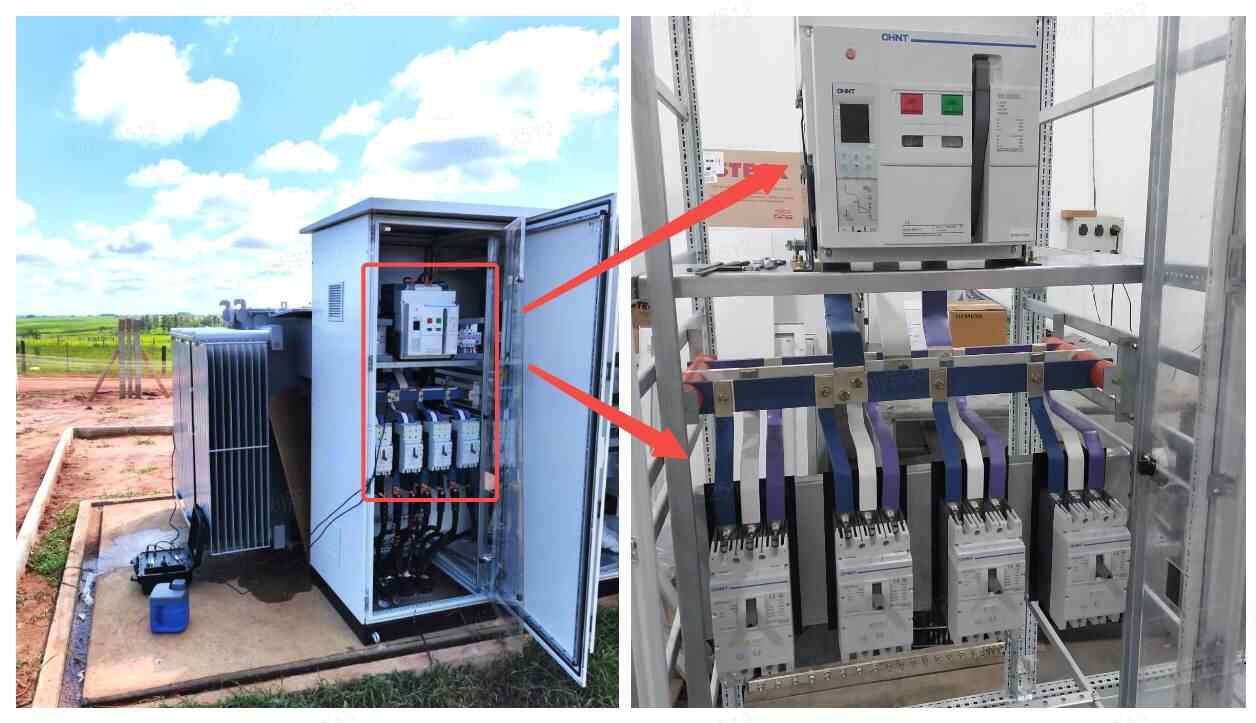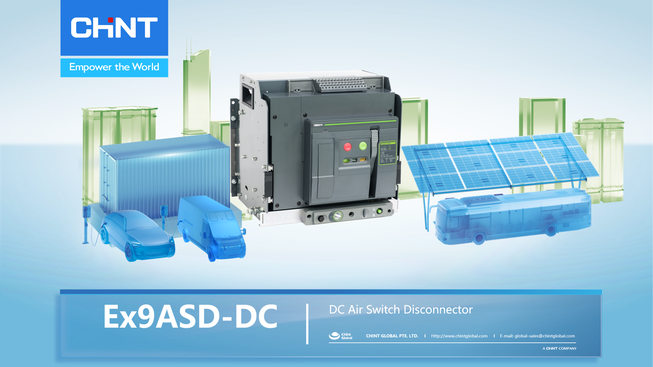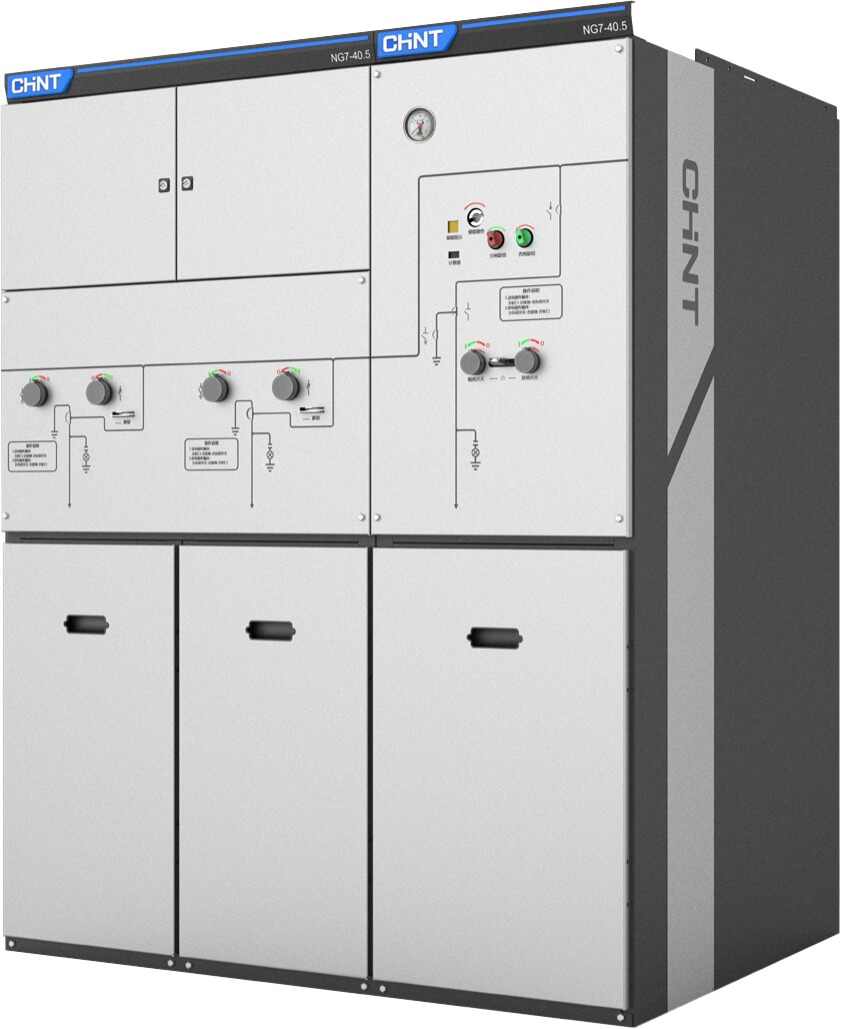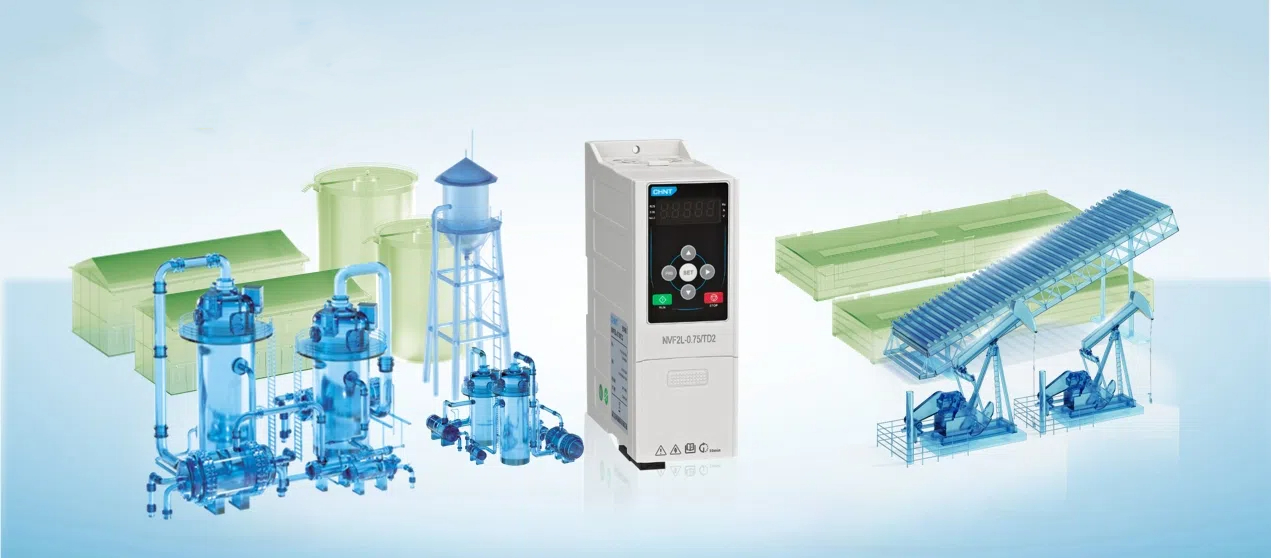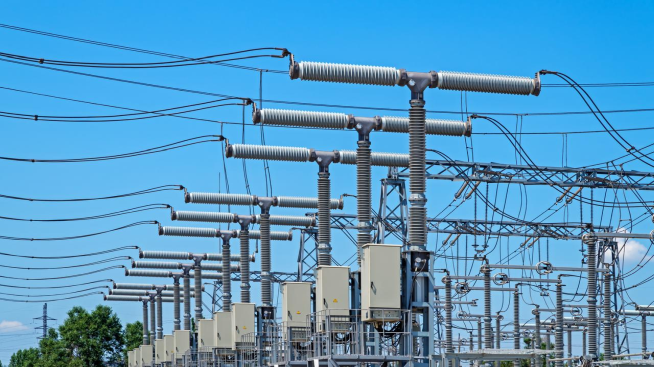Electricity is in every aspect of our daily lives and that’s not going to change anytime soon. However, just how much are we protecting our systems? Do you count with a surge arrester and know what it does? Protecting our grids and systems is a vital task but not always one we are prepared for.
That’s why today we’ll go over all you need to know about surge arresters, HV surge arresters, MV surge arresters, and LV surge arresters. How do they work and which ones are ideal for your house or business? So, let’s keep reading and find out every last secret behind these handy tools.
How Does a Surge Arrester Work?
To clear up how a surge arrester works, we need to clear up what it’s used for first. Surge arresters are devices designed to protect an electrical system in case of an unexpected discharge. Sudden changes in voltage can ruin the delicate components in an electrical system and, in general, fry everything.
Surge arresters work as a defense against voltage spikes by diverting the excess of voltage into the ground. It’s best to think of an arrester like a street with two ways. During regular use, the arrester allows voltage to pass through the system as normal. However, when a spike is detected, the arrester redirects the excess through its landline, while also allowing the regular voltage to continue as normal.
In short, it’s a safety device that makes sure your grid continues to work normally even in the case of unexpected spikes. Surge arresters are used to keep buildings safe in case of lightning for example, but they also work for smaller scale surges and as such are great protection.
What's the Difference Between a Surge Arrester and Surge Protector?
Chances are you’ve heard of surge protectors before and now are wondering what the difference is. In simple terms, both are devices meant to redirect excess of voltage but the scale and method vary.
Surge Arrester
A surge arrester is usually a large device that is installed outdoors and are designed to handle over-voltage transients. Commonly surge arresters are divided between LV surge arresters, MV surge arresters and HV surge arresters; High Voltage arresters can take even on lightning so the voltage they can handle is incredible. Ultimately, surge arresters are meant to protect more complex systems and are more self-reliant in that sense.
Surge Protector
On the other hand, surge protectors tend to be very small, and that’s because they work on electrical outlets. By default, an outlet can’t regulate the amount of electricity that goes to a device plugged to it, and that’s where protectors come in. They are an outlet extension that similarly routes excess voltage, but they do so rely on an outlet’s natural grounding wire.
Arresters protect households, buildings or even streets; while on the other hand, protectors work on a single connection at a time. So, it’s the same general use and principle but as we mentioned before both work on different scales.
Where Should a Surge Arrester Be Installed?
The right for a surge arrester installation is something that varies based on whether it’s an indoor or outdoor model. If you are looking for an arrester that connects to a power line, which primarily is meant to protect the transformer from an overload, then it needs to be installed next to it.
This way the arrester can work as a middle point between the power line and the transformer. And in the case that a voltage spike does happen it’ll be able to redirect the electricity to the ground before it fries the transformer.
For indoor models, you want to install the arrester between the live conductors and the earth. In short, it’s installed much like a circuit breaker would be, which makes sense as their purpose is rather similar even if their functioning differs.
Is a Surge Arrester Necessary?
At the simplest level, surge arresters are basic insurance. They make sure that your electrical system and all you have invested on it remains safe from unwanted discharges. Not installing one leaves you at the mercy of the weather and in areas where lightning storms are common, this is a huge risk.
That doesn’t mean that lightning is the only risk you’ll face on your house. Grid maintenance can also result in discharges as it can also happen because of other irregularities by the company. A surge arrester is a vital part of any electrical system because the risk of excessive discharges is always there. No electrical system is perfectly enclosed and a single voltage spike can mean doom for a transformer and other electrical devices in a blink.
So overall the importance of a surge arrester should not be understated, and all locations should count with a system to protect them from dangerous discharges. Some countries even have laws that make arresters required based on the size and function of a building, which shows just how important they are.
A Simple Surge Arrester Selection Guide
When it comes to getting your own surge arrester, it all comes down to two main factors: quality and function. After all, if you are getting a surge arrester, you want to be sure that it really is protecting you. However, it’s as important to know what role you need and what your arrester need to fulfill.
Arresters come in 3 main types that show the electrical range and area they excel at. Type 1 arresters are meant for very heavy discharges and work together with lightning rods or cages. These are almost industrial in use and are really designed to work against anything the weather can throw at them.
Type 3 arresters are the complete opposite and handle rather low discharges. These arresters are used in conjunction with more complex systems and usually protect specific devices in it. This leaves Type 2 arresters as the middle point, designed to protect from regular discharges and indirect lightning strikes. This is the type of arrester that protects most houses and the one you should rely on for domestic use.
Now that we know the right type for each situation and we need to look into the quality and well, size. Not all arrestors are made to the same specification and this means one with the right type might be too large for your house. To counter this, we recommend you search for CHINT surge arresters. A huge advantage CHINT offers over other brands is that their line-up comes in a wide variety of sizes. So, you can find a model that fits your house perfectly while ensuring you get the right type and quality your house needs.
Surge arresters are no doubt a vital piece of equipment for any house. Thankfully, they aren’t as complex as they might sound, and as long as you rely on CHINT and follow the above instructions you should find the perfect model for your life soon.




